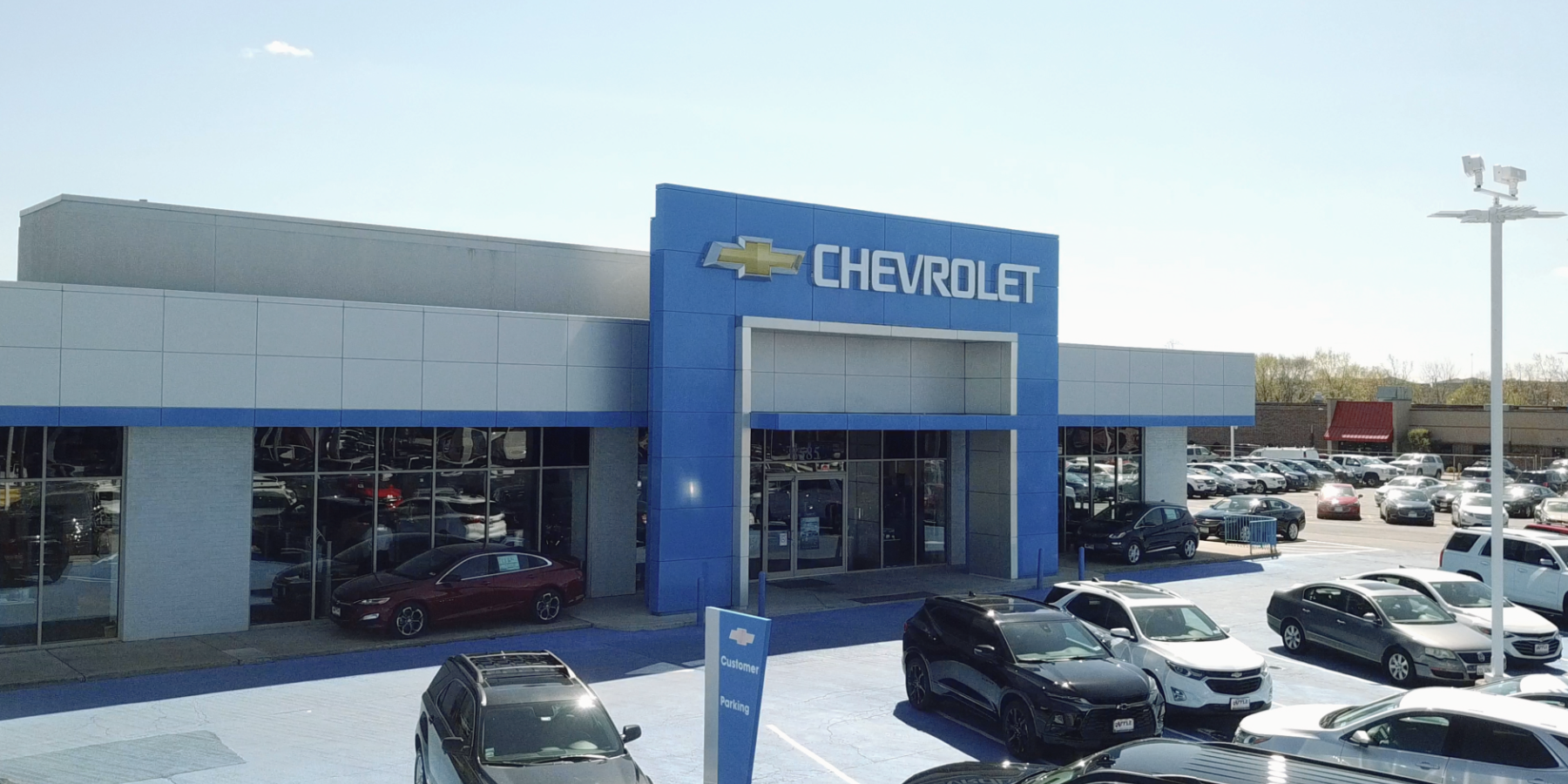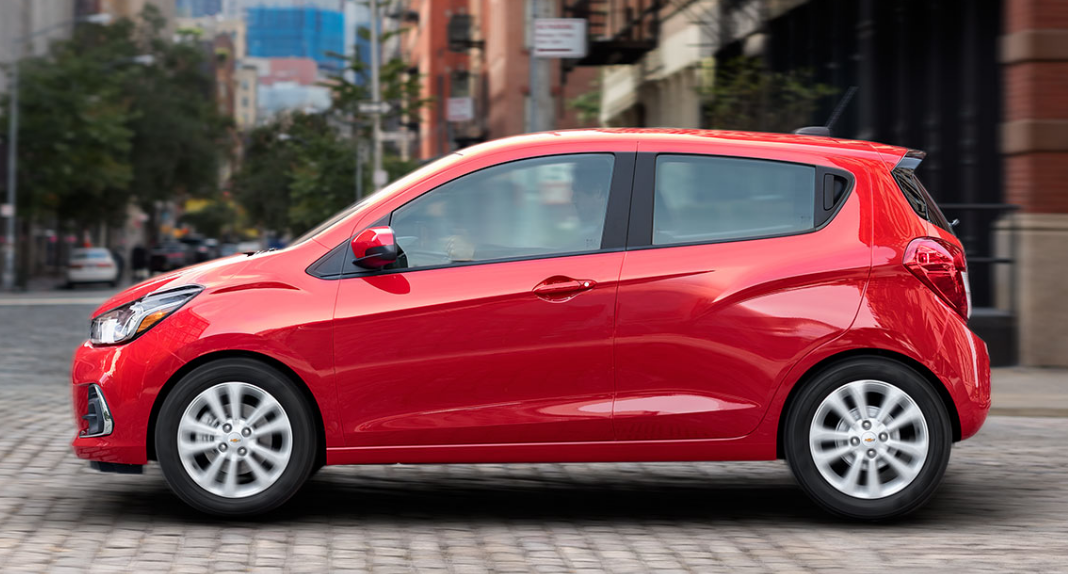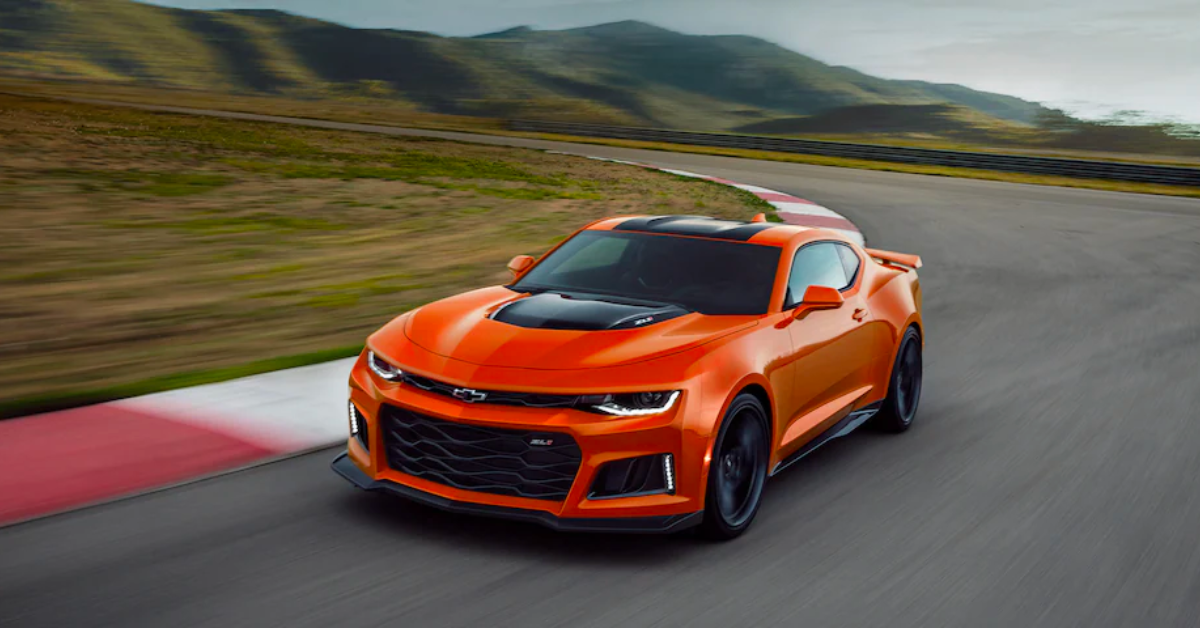Chevy Continues to Make History After Over a Century in the Business
On November 3, 1911, Louis Chevrolet and Billy Durant, founder of General Motors, created Chevrolet inside a Flint, MI garage. In 1912, the first Chevrolet (the Classic Six) hit the streets. Since then, Chevy has risen up as a paragon of American ingenuity and perseverance, selling nearly 10 million vehicles worldwide. So how did we get here?
In the early days of American auto-making, luxury was reserved for custom-built, bespoke creations. But Chevrolet changed all of that with the early introduction of the “Royal Mail” Roadster in 1914; the vehicle was the first affordable car ($750 at the time) to include a top, windshield and a speedometer – items that had been accessories on top-of-the-line, expensive cars just a few years before. The roadster was one of the vehicles that helped make Chevy the number-one selling automaker in the US by 1920.
The first Chevy truck was sold in 1918. By 1923, Chevy was building its one-millionth car, establishing its first export assembly plant in Denmark, and crushing its competitor (the Ford Model T) by a 3:1 sales ratio. By 1929, Chevrolet was rocking the car world with all-new six-cylinder engines across its entire model line. Marketed as “A Six for the Price of a Four”, the 1929 Chevrolet could barely keep up with demand and sent its competitors straight back to the drawing board.
The thirties saw the introduction of the Suburban Carry-All, the first in a long line of truck-based wagons. It was a vehicle so recognized for its upscale styling, economical six-cylinder power, and dependability that its legacy has carried on into modern times with over 2 million Chevy Suburbans built. It is the longest-lived continuous production automotive nameplate in United States history.
During WWII, Chevy stepped up to produce massive quantities of military equipment, armaments, trucks and ambulances for the Allied war effort as part of Detroit’s “Arsenal of Democracy”. Production of consumer vehicles was suspended until 1946, when Chevy picked up business as usual with updates to the already-classic truck. The 1953 introduction of the Bel Air series would upend the auto world once again with its affordable luxury, automatic transmissions and power brakes. America was told to “See the USA in your new Chevrolet,” and millions hurriedly followed that advice from behind the wheel of a Bel Air.
The same year saw the introduction of the Corvette sports car, a true American legend. Just 300 were built during that first year, but the spark was ignited and the Corvette would become Chevy’s signature vehicle into and throughout the sixties. The Vega, Impala, Camaro, and Monte Carlo followed with huge commercial success; with their popularity Chevy cemented itself into the American ethos. The company’s 1975 marketing campaign said it all: “Baseball, hot dogs, apple pie, and Chevrolet.”
In the nineties the success of the Chevy truck surged yet again, surpassing sales for any of Chevy’s other vehicles. The Suburban and Blazer 4×4 got updates, the Tahoe SUV was introduced, and the rugged TrailBlazer SUV made its debut in 2002. It was the classic Corvette that would return to make history though – the Corvette ZR1 made its 2009 debut as the fastest GM production automobile ever. Even a century later, Chevy was making new entries into the history books.



